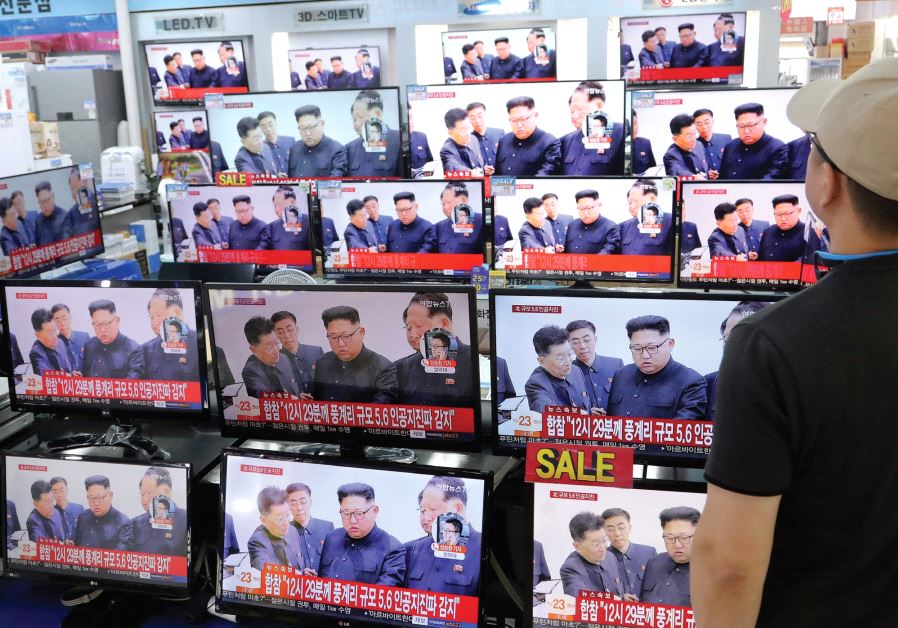The best of times, the worst of times
We see Western hopes for a peaceful, democratic and neo-capitalist world dashed by the hard realities of the early twenty-first century.
 A MAN watches images of North Korean’s leader on September 2nd in Seoul, South Korea.
A MAN watches images of North Korean’s leader on September 2nd in Seoul, South Korea.